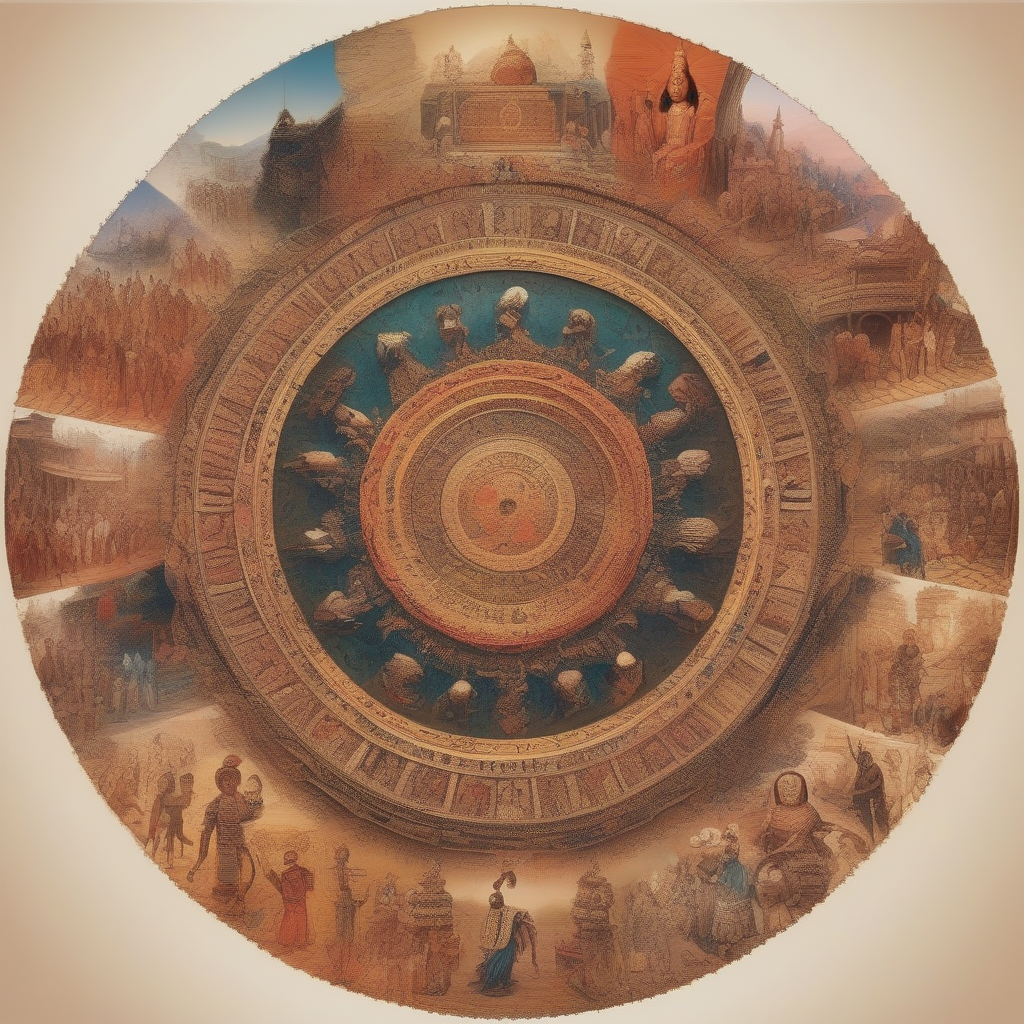Cratons are the oldest and most stable parts of Earth’s continents. They are vast areas of ancient rocks that have been largely unaffected by tectonic activity for billions of years. These areas can be found in several continents, including North America, Africa, and Australia. Cratons are characterized by their thick, stable lithosphere and low seismic activity.
One of the most well-known cratons is the Canadian Shield, which covers a significant portion of Canada. It is composed of billions of years old rocks and is considered one of the best-preserved cratonic regions on Earth. The Canadian Shield has a rich geological history, with rocks dating back as far as 4 billion years in some areas. It contains valuable mineral deposits, such as gold, copper, and uranium, making it economically important as well.
The stability of cratons plays a crucial role in the formation and preservation of life on Earth. These areas provide a stable platform for the development of ecosystems and have been home to some of the oldest known fossils and organisms. Their long-term stability also allows for the accumulation of sedimentary deposits, which contributes to the understanding of Earth’s geological history and the evolution of life.
However, cratons are not completely immune to changes. Although they are less affected by tectonic activity, they can still experience seismic events and undergo gradual erosion. Over time, cratons may also become fragmented due to tectonic forces, resulting in the scattering of their ancient rocks across the continents. Nonetheless, the study of cratons provides valuable insights into the early Earth and its geological processes, helping scientists better understand the planet’s history and the conditions necessary for life to thrive.
